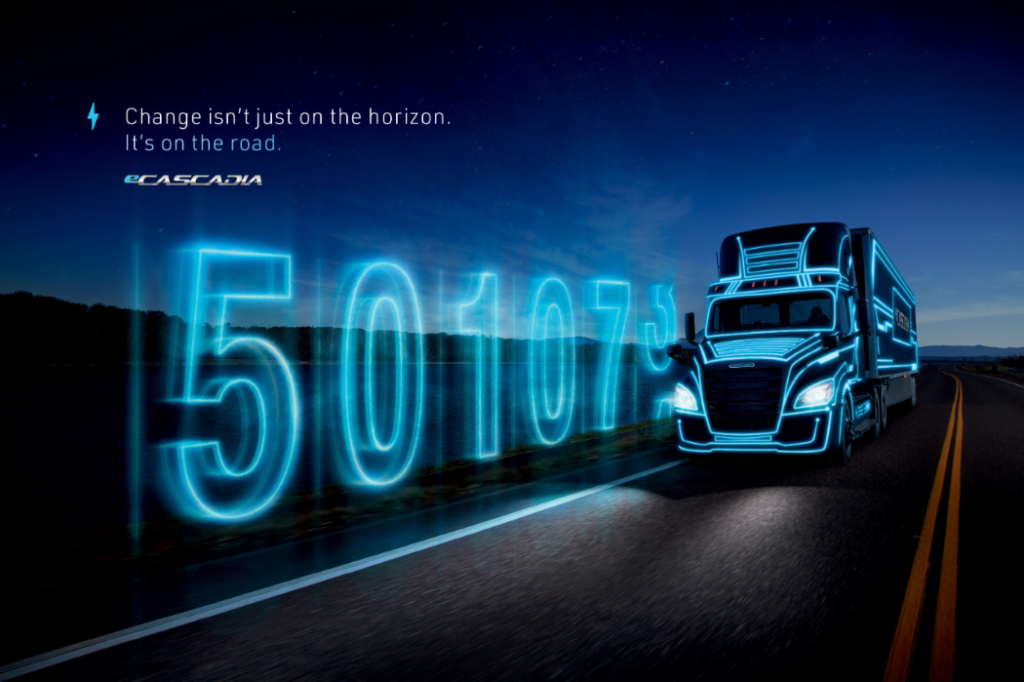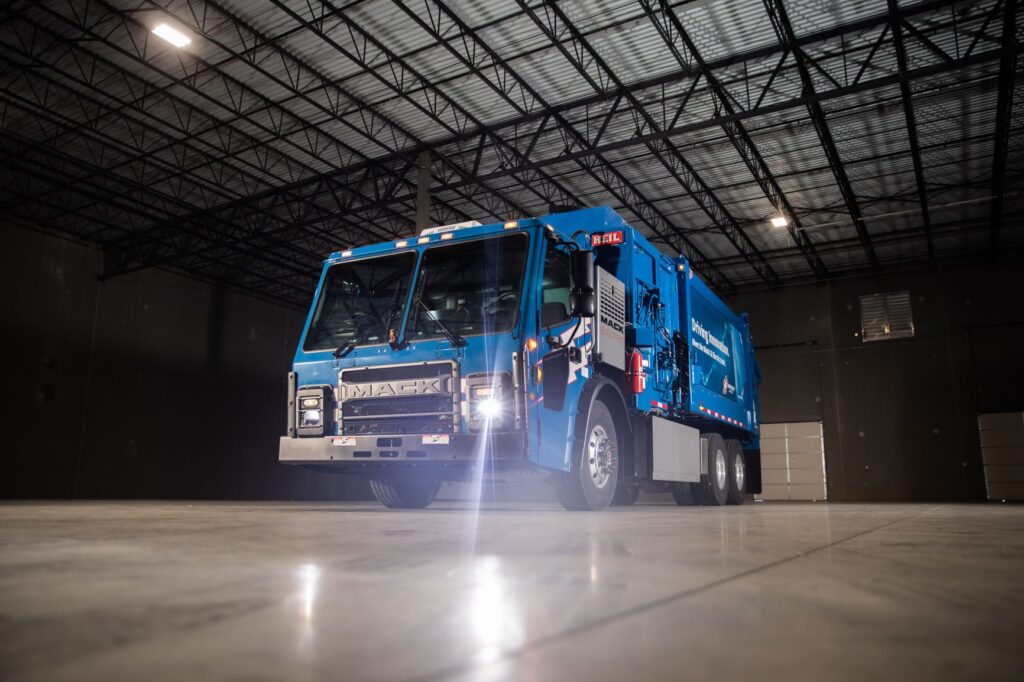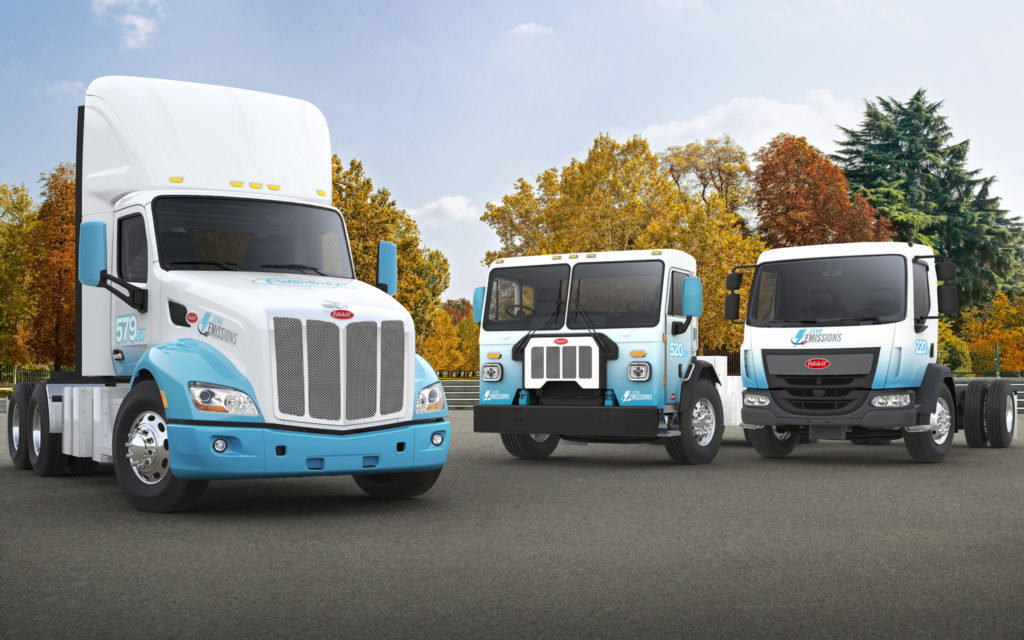Truck OEMs charting course to ‘ultra-clean’
TORONTO, Ont. – The path to ultra-clean truck transportation begins with clean diesel engines today, but will eventually be dominated by electric trucks.
But on that journey, truck manufacturers must work closely with fleets to build the entire ecosystem needed to support those trucks and make total cost of operation more viable.
Five OEM representatives discussed that challenge during a recent ACT Virtual session dubbed The Future of Ultra-Clean.

Michael Scheib, director, eMobility platform with Daimler Trucks North America (DTNA) said efforts will continue to clean diesel engine technology, but “To get to real, truly ultra-clean technology, we are heavily investing in battery-electric technology.” It is also examining the potential of hydrogen-electric technology, with joint venture partner and longtime rival, Volvo Group.
DTNA has accumulated more than 500,000 miles on its fleet of 38 battery-electric trucks, and Daimler has more than two million miles accrued globally.
Govi Kannan, senior vice-president, global product owner for Mack Trucks, said parent company Volvo Group projects that 35% of its sales will be electric by 2030. Currently, Mack’s electrification efforts are focused on the refuse segment. The torque advantages of battery-powered trucks coupled with the regenerative braking activity from frequent stops fit well in a refuse application, he noted.
“Electric isn’t the answer to every application,” said Darren Gosbee, vice-president, powertrain and advanced technology with Navistar. “To marry that technology and application is the challenge for us as OEMs.”
The other challenge for OEMs is to educate fleet customers on all aspects of running electric trucks, including installing the appropriate charging infrastructure.
“Having ambition and a real truck alone doesn’t do the job,” said Joe Adams, chief engineer for Kenworth.
Scott Newhouse, chief engineer for Peterbilt, agreed, adding “We have learned it’s not just about bringing products – we have to support them with infrastructure.”

That’s why Paccar Parts sells charging stations and why dealers have been growing their electric truck capabilities for more than a year, he added. He expects the technology to really take off between 2024 and 2030.
Government regulation is an early driver of electric truck growth, but eventually, Adams said, “Total cost of ownership will be a major player as we see these zero emissions technologies evolve over time.”
Navistar was early to the electrification game with the launch of its eStar in 2010. At that time, it cost about $1,100 per kWh to operate the truck. That has come down today, and is forecast by 2023 or 2024 to be $160 kWh. “Recently, we’ve seen those prices come down quite dramatically and scale here is going to help enormously,” said Gosbee.
Not only do lighter-weight, more energy-dense batteries reduce costs, they also improve revenue by allowing more payload, Kannan added.
Scheib said the truck technology is advancing much more rapidly than the charging infrastructure needed to support the trucks, but that “it’s not a hurdle that can’t be overcome.”

“Installing a single charger for one vehicle is straightforward,” agreed Gosbee. “When you start to think about tens, hundreds or thousands and installing the significant number of charge points required for fleet customers, that’s when things become challenging.”
The same holds true for hydrogen-electric vehicles, something Kenworth is testing with Toyota. While there are more than 40 hydrogen fuel stations in the U.S., they have not been designed for large commercial vehicles. Adams said Kenworth is initially focusing on drayage operations to address this challenge, “where you can put in one hydrogen station and run the truck in a circuit every day and come back to the same place to refuel. That has been a successful strategy for us.”
Have your say
This is a moderated forum. Comments will no longer be published unless they are accompanied by a first and last name and a verifiable email address. (Today's Trucking will not publish or share the email address.) Profane language and content deemed to be libelous, racist, or threatening in nature will not be published under any circumstances.